3-FA 50mg
€27,49 - €509,99Prijsklasse: €27,49 tot €509,99
3-FA (3-Fluoroamphetamine) is a synthetic stimulant that belongs to the class of substituted amphetamines. It is chemically related to the well-known drug methamphetamine and other compounds like 4-FA and 5-FA, with a fluoro group attached to the aromatic ring of the amphetamine structure. 3-FA has gained attention as a research chemical due to its stimulating effects, which are often compared to those of amphetamines, but with some subtle differences in its overall impact on the user. In this article, we will explore the effects, risks, and legal status of 3-FA, particularly focusing on the typical 50mg dose.
What is 3-FA?
3-FA is a fluorinated derivative of amphetamine, a stimulant known for its stimulating and sympathomimetic effects. The compound is part of a class of chemicals that share a similar backbone with substances like MDMA (3,4-methylenedioxymethamphetamine) and other substituted amphetamines, but with the addition of a fluorine atom at the 3-position of the phenyl ring, giving it distinct chemical properties.
In its pure form, 3-FA is typically found as a powder or in crystalline form. It is used primarily as a research chemical, with users typically ingesting the substance orally, although other methods of administration (such as insufflation or intravenous use) are also reported.
The effects of 3-FA are largely similar to other stimulants, with some users describing it as a combination of the stimulating effects of amphetamines and the euphoria typically associated with cathinones, although there are variations based on individual sensitivity, dose, and the environment in which it is used.
Chemical Structure and Mechanism of Action
The chemical structure of 3-FA is similar to amphetamines but contains a fluorine atom at the 3-position on the phenyl ring. This modification is believed to enhance its potency and alter the way the compound interacts with neurotransmitters in the brain.
3-FA primarily acts on the central nervous system by increasing the release of several neurotransmitters, including dopamine, norepinephrine, and serotonin. It is thought to work through the following mechanisms:
- Dopamine Release: 3-FA stimulates the release of dopamine, the neurotransmitter associated with reward, motivation, and pleasure. This is responsible for the stimulant effects, including increased energy and heightened alertness.
- Norepinephrine Release: 3-FA also induces the release of norepinephrine, which contributes to the sympathomimetic effects of the drug, such as increased heart rate and blood pressure.
- Serotonin Release: While 3-FA is less potent in its interaction with serotonin compared to some other amphetamines like MDMA, it still induces the release of serotonin, contributing to mood enhancement and emotional effects.
These interactions lead to the characteristic stimulant effects of 3-FA, which can include euphoria, increased focus, enhanced physical energy, and a general sense of well-being.
Effects of 3-FA at 50mg
At a dose of 50mg, 3-FA is considered to provide a strong stimulant effect, although individual experiences may vary based on factors such as body weight, tolerance, and prior experience with stimulants. Common effects reported by users of 3-FA include:
- Increased Energy and Alertness: Like other stimulants, 3-FA provides a significant boost in physical energy, making users feel more alert, awake, and motivated. This can lead to increased productivity and focus, which is why some people use it for studying or working.
- Euphoria and Enhanced Mood: 3-FA can induce feelings of euphoria, happiness, and emotional uplift, particularly at higher doses. This makes the compound attractive to those seeking a mood boost or a sense of well-being.
- Enhanced Sociability and Empathy: Some users report increased sociability and empathy, similar to the effects of MDMA. This can make social interactions feel more engaging and enjoyable.
- Increased Heart Rate and Stimulation: Due to its sympathomimetic properties, 3-FA can cause a noticeable increase in heart rate, blood pressure, and body temperature, which are typical of stimulant drugs.
- Improved Focus and Concentration: Many users report heightened cognitive abilities, including improved focus, concentration, and mental clarity, making it potentially useful in situations that require prolonged attention or alertness.
- Mild Visual Effects: At higher doses, users sometimes experience subtle visual distortions, such as enhanced colors or light patterns, although this is typically not as pronounced as with classic psychedelics like LSD or MDMA.
| Aantal: | 5 Pellets, 10 Pellets, 25 Pellets, 50 Pellets, 100 Pellets |
|---|
Wees de eerste om “3-FA 50mg” te beoordelen Reactie annuleren
Gerelateerde producten
1cP-LSD
3-FMA
2 MMC
2-FA
ARYLCYCLOHEXYLAMINEN



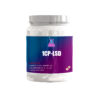
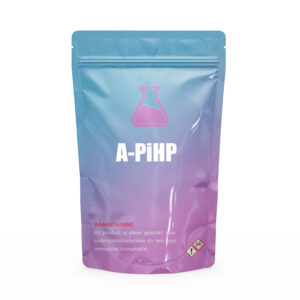

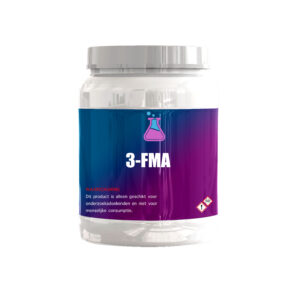


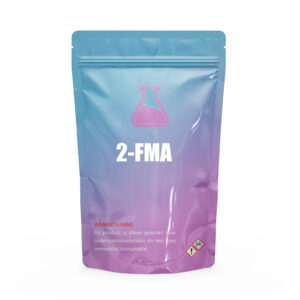

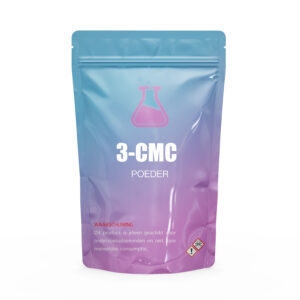
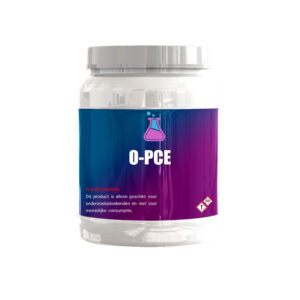
Beoordelingen
Er zijn nog geen beoordelingen.